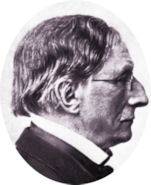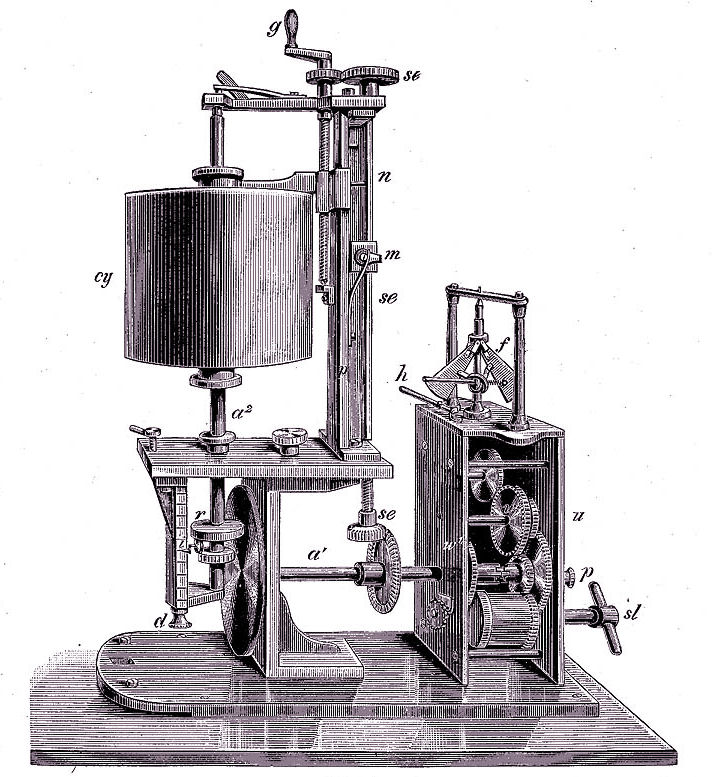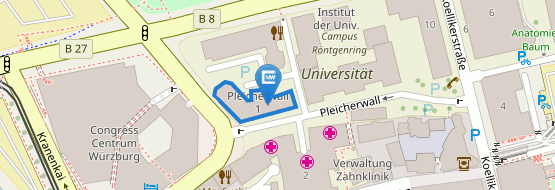Kymographion from Zimmermann
Carl Friedrich Wilhelm Ludwig

When physiologist Carl Friedrich Wilhelm Ludwig (1816-1895) first invented the Kymographion in the autumn of 1846, it was not to make psychological history, but to finally address an experimental necessity of vital importance.
Ludwig was the first to look for a way to register changes within the arterial pressure and respiration simultaneously, so he could draw conclusions about the correlation between external respiration and the circulatory system.
Not only did the Kymographion change the everyday work of many physiologists, but also did other sciences benefit from Ludwig’s work, honouring/crediting him for the invention of one of the most acclaimed apparatuses for quantitative measurement even beyond his death.
The Kymographion remained a much- and widely-used instrument among psychologists, till it was slowly substituted by modern technology during the seventies and eighties of the twentieth century.
3D animation of a kymograph produced by Zimmermann company in 1906

The Kymographion
According to Frank (19,11 S.2), „.. Kymographions must be able to move paper through the pen-tip at an even speed.” Sounding rather simple at first, this theory proved to be quite a complex task considering the precision-engineered apparatus technology at that time. Firstly, the drive of the cylindrical register area used in this task had to be on time precisely, but still adjustable when needed. In order to reach that, different driving forces, such as dropping weights, electromagnetic forces or tensioned springs in clockworks, though the latter one remained the one used most widely.
Secondly, the process of evenly sooting the chart paper turned out to be more difficult than expected and moreover had the the scriber to simultaneously register the change, which was to be measured, on the chart.
Taking all this into account, it is not a surprise that the Kymographion was under steadily under construction. The Kymographion from 1906, as shown in the 3D-animation, belonged to the company Zimmermann settled in Leipzig, was capable of solving most of the challenges listed above.
It was able to adjust to different rotation speeds and use the plotter drum horizontally as well as vertically, either with a right- or left-handed turn.
Armin Stock
Literatur:
Frank, O. (1911). Kymographien, Schreibhebel, Registriespiegel, Prinzipien der Registrierung. In: Robert Tigerstedt (Ed.). Handbuch der physiologischen Methodik, Erster Band: Allgemeine Methodik. Protisten, wirbellose Tiere, physikalische Chemie. Stoff- und Energiewechsel, Vierte Abteilung: Allgemeine Methodik II. 1-50. Leipzig: Hirzel.
Zimmermann, E. (1903). XVIII. Preis-Liste über psychologische und physiologische Apparate.




